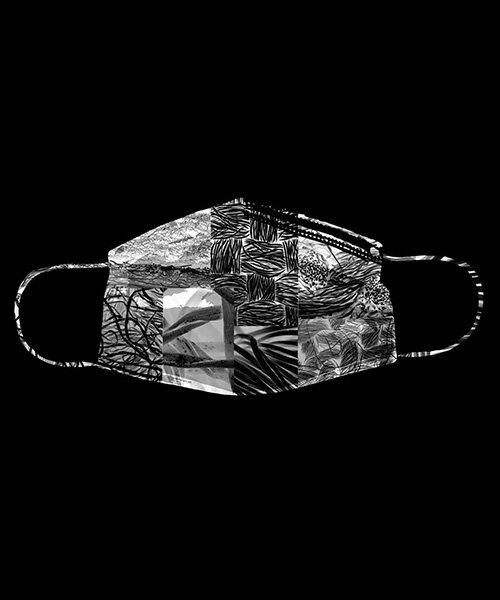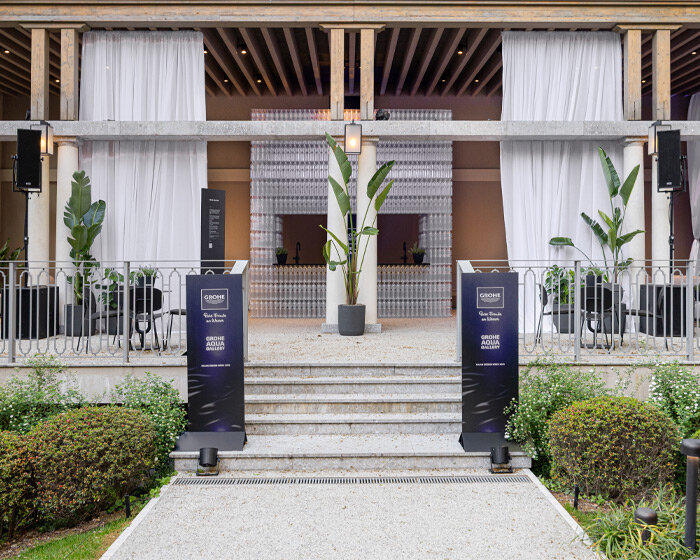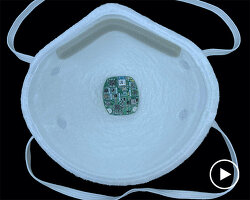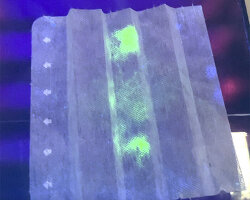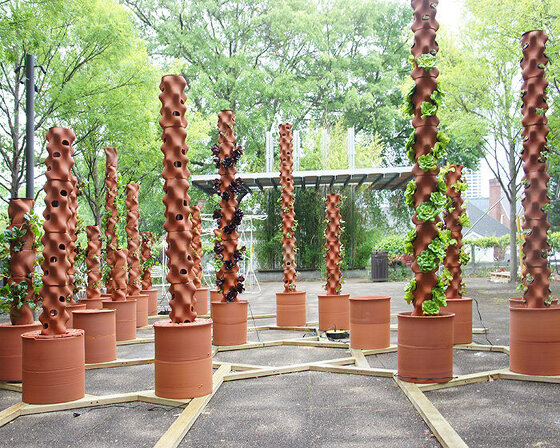a group of researchers at NIST — USA’s national institute of standards and technology — puts masks under a microscope in order to understand how different materials work in order to slow the spread of COVID-19. the results indicate that cotton fabrics perform better than synthetic masks, with flannels being the most effective cotton overall.
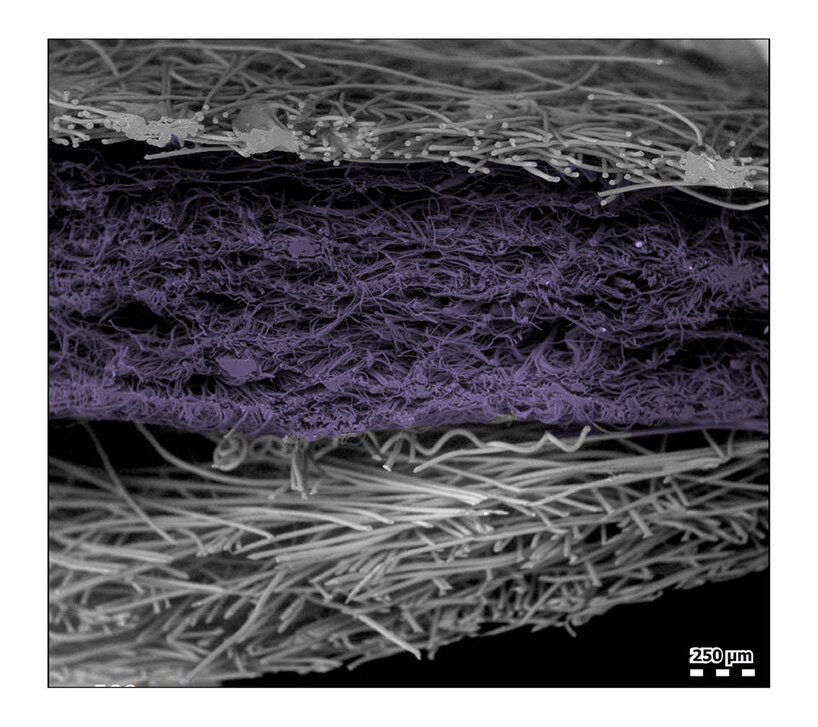
N95 mask
images by E.P. vicenzi/smithsonian’s museum conservation institute and NIST
edward vicenzi — who works at the smithsonian’s museum conservative institute studying the history and origin of the museum’s collection — used a scanning electron microscope to study the fabrics up close. the images give insights into how each material is able to filter particles depending on its properties. for example, N95 masks are made by melting and then air-blowing polypropylene plastic into a chaotic web. this results in small tangled fibers (shown above in purple) that trap minuscule particles.
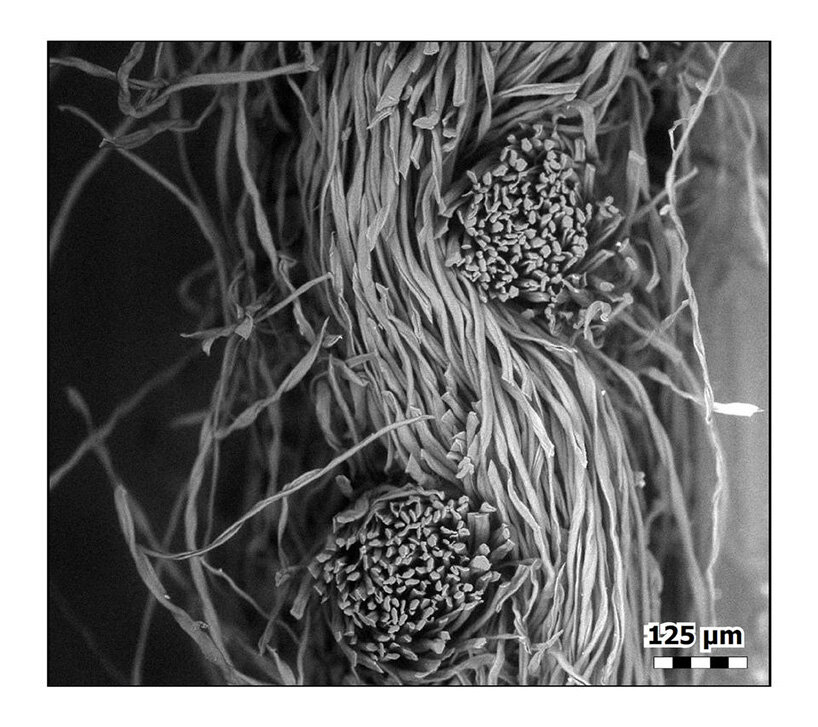
cotton mask – cross section
the images taken by the researchers measure the width of the individual fibers present in fabrics as well as their thickness — an important variable that affects filtering. polyester flannel was compared to cotton flannel, and researchers found that in the cotton one, the weave is somehow chaotic, increasing the chance of an aerosol passing through the fabric to collide and stick to it.

cotton mask
as for cotton, once you see it up close, you can see fibers that kink and bend, increasing the amount of surface area that an aerosol can stick to. cotton is also hydrophilic, meaning that it likes water. it absorbs a persons breath and creates a moist environment which is absorbed by the fabric, making it grow larger and therefore creating more space for aerosols to get trapped.
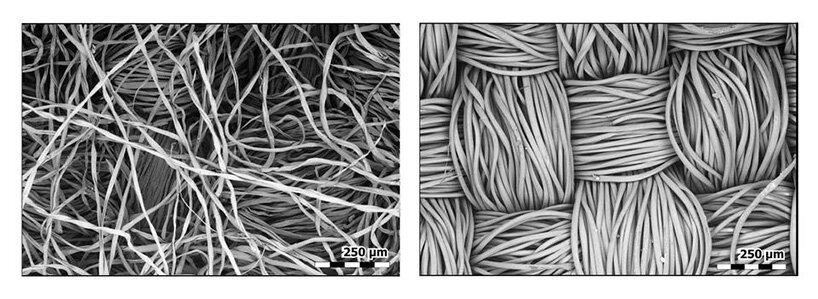
top-down views of cotton flannel (left) and polyester flannel (right)
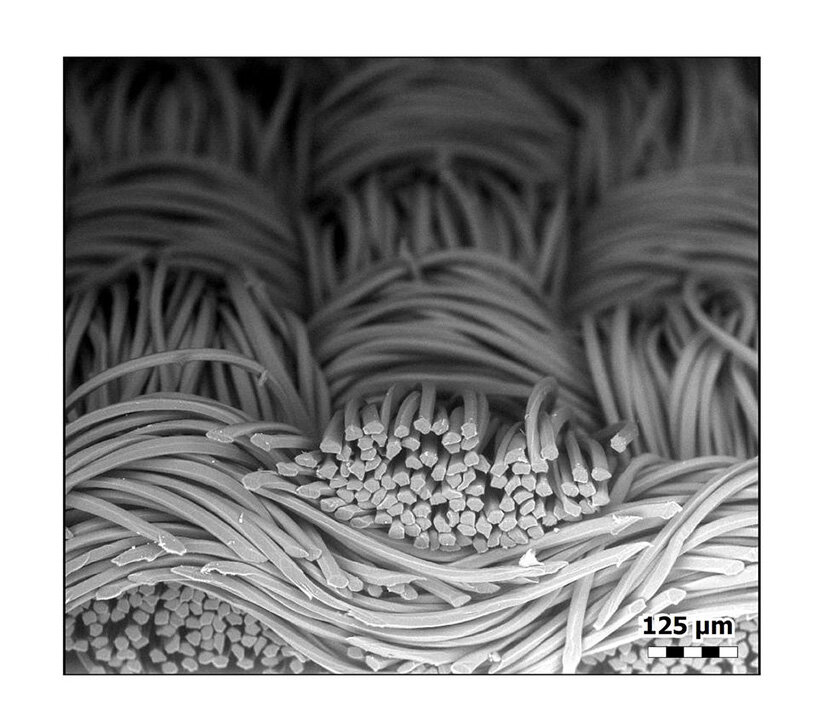
polyester mask – cross-sectional shapes of the individual fibers
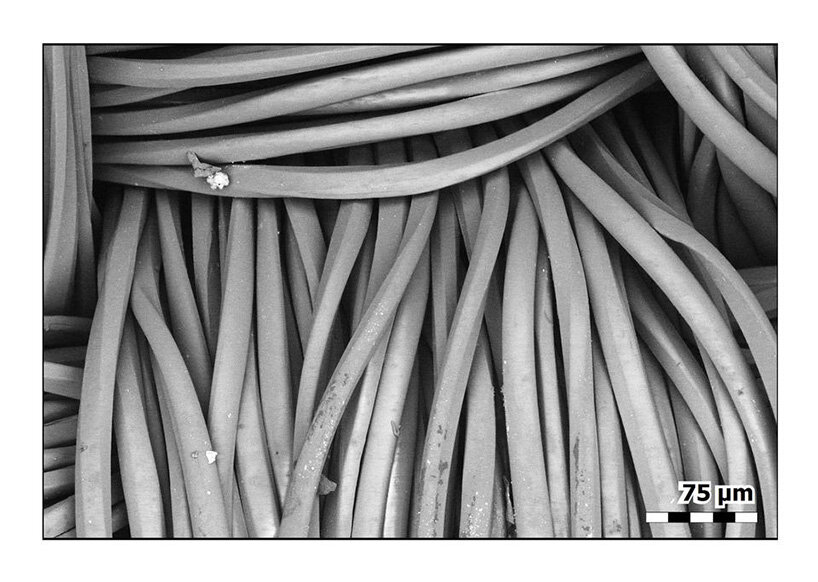
polyester mask

rayon mask
project info:
name: masks under microscope
research: NIST
